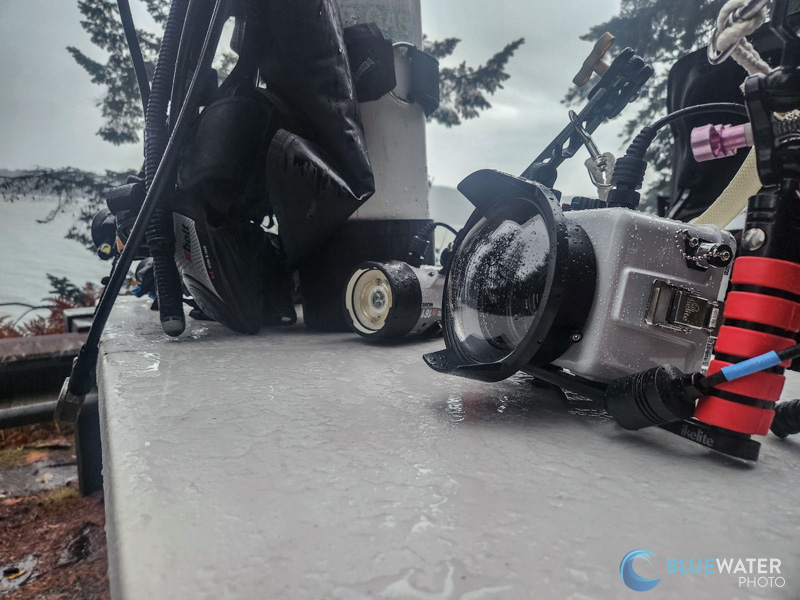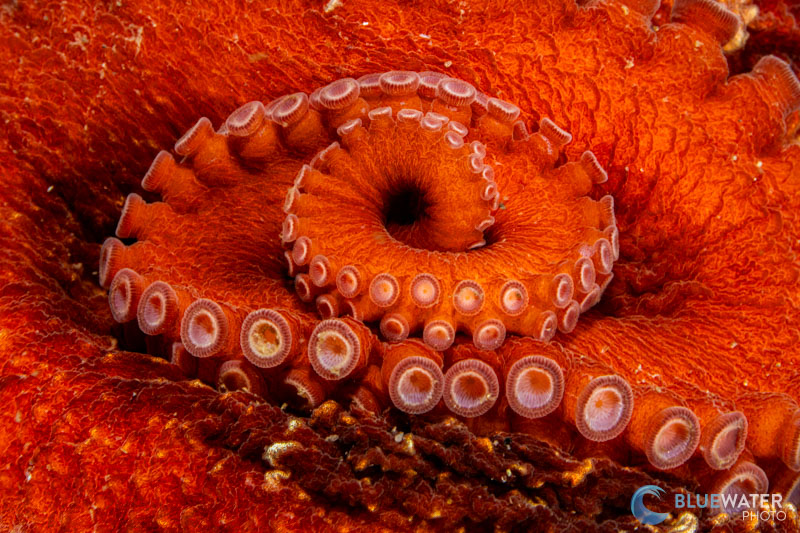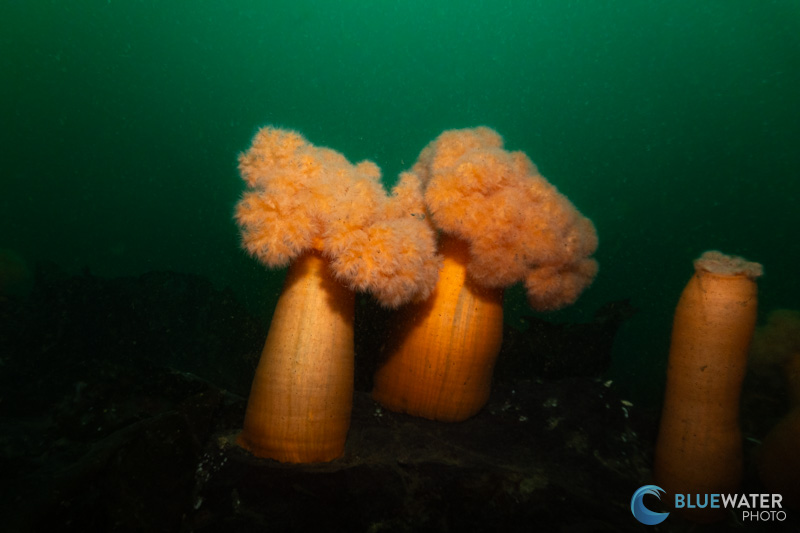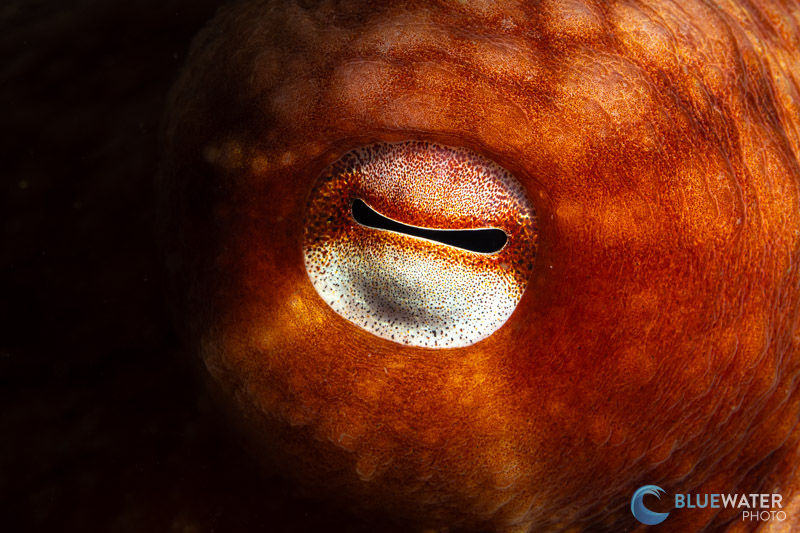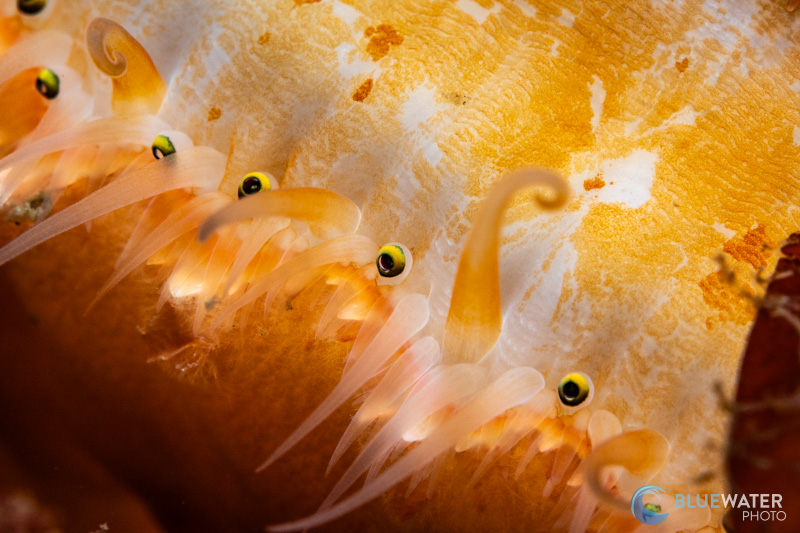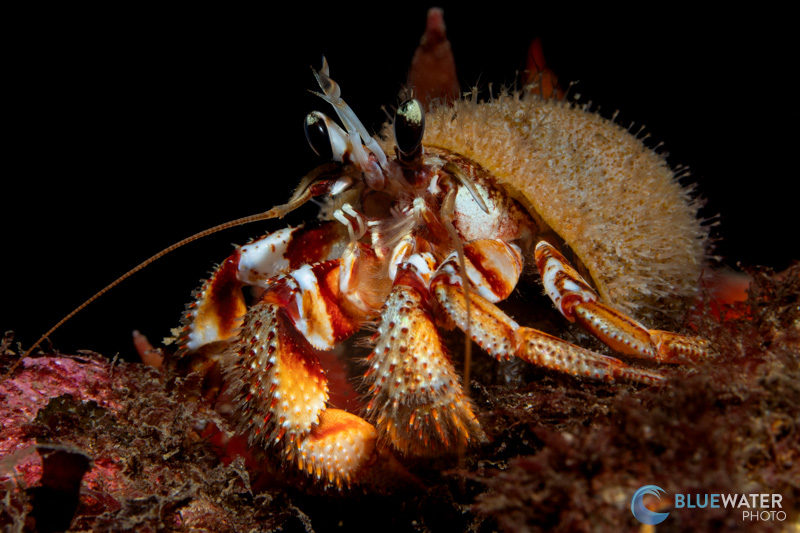Sony A6700 Review
During the great supply chain crunch for the post pandemic world, Sony made the smart decision to focus their available chips towards full-frame camera production. Unfortunately they stopped producing many of their popular APS-C mirrorless cameras like the Sony A6400, Sony A6100, and Sony A6600. While some of these cameras have since returned and others have been discontinued - in a world where non-smartphone photography has become a niche hobby, APS-C cameras seemed to be on their way out.
Introducing the Sony A6700! Announced in 2023, after a 4 year lull, this higher resolution, 26 megapixel APS-C camera is a major upgrade to the Sony crop sensor line. At only $1399 for the body, it features many of the same incredible new AI features announced in the Sony A7R V and Sony ZV-E1 - including an AI autofocus processor. This means autofocus tracking that is much more accurate and sticky than previous Sony APS-C models. The A6700 can also record 6K oversampled 4K/60, 10-bit 4:2:2 - making it an ideal camera for underwater video shooters.
Considering how many underwater shooters have been waiting for the release of this camera to upgrade their current Sony A6000 series models, we were very excited to be the first to take the A6700 diving. Alas, fate would have it that I received the camera and housing on the very same day record breaking rainfall hit the Pacific Northwest. Our first diving day experienced 8 inches of rain! But at the Underwater Photography Guide, we don't let a little rain stop us. So I hopped into the cold, dark, murky storm runoff, and decided to see just how far I could push the A6700.
Although the wide angle photos in this review may be a little underwhelming, please keep in mind that the dark green water was a result of rain runoff and the dives were close to night diving conditions due to limited visibility and a lack of sun. With each photo in this review, I am sharing my "triangle of exposure" settings so that you can see what the photos look like at ISO 1000, and how well the stabilization works at 1/8th of a second. Overall the results are exremely impressive and the A6700 is just plain fun to shoot!
Support our content and purchase your Sony A6700 camera and housing at Bluewater Photo:
Order a Sony A6700 Camera Body & Kit Lens
Order a Nauticam A6700 Housing
Order an Ikelite A6700 Housing
Sony A6700 Specifications
- 26 megapixel APS-C CMOS sensor
- Bionz XR processor with a dedicated AI processor
- No built-in flash
- 1/160 flash sync speed
- 5 axis in-body image stabilization
- Low light autofocus sensitivity: -3 EV
- Animal eye autofocus tracking as well as human, bird, insect, car, train, airplane subject detection
- 6K oversampled 4K/60p video recording
- 4K 120p recording with 1.58x crop
- 10-bit 4:2:2 with SLog-3, S-Cinetone, HLG3 recording options available
- 570 shot battery life, NP-FZ100 battery
- Small EVF
- 11fps burst shooting
- Weight: 1 lb 1.4 oz
- Dimensions: 122 x 69 x 75.1mm
Sony A6700 Key Features
More Resolution
It can often feel like new camera releases in the past few years do not feature upgrades in image quality. Fortunately, the Sony A6700 does! The 24.2 megapixel sensor commonly used with the Sony A6000 camera line is now a 26 megapixel sensor. While macro photographers still might want to consider the 33 megapixel Canon R7 for the extra cropping ability, the A6700 is certainly more than enough resolution for most shooting situations.
Most photographers will not notice the difference between a 24 megapixel and 26 megapixel sensor. In most cases I did not see a significant difference in image quality either. That said, due to improvements in processing, it's clear that there have been improvements to the sensor in low light. I was able to easily capture wide angle photos with nice green backgrounds at ISO 1000 with minimal noise. Although in most cases I would recommend shooting at ISO 800 and lower, at 1000 or even 1600, it's fairly easy to remove the grain with post processing tools like Adobe Lightroom.
Updated Autofocus
The most exciting upgrade found in the Sony A6700 is the new and improved autofocus system. With a dedicated AI autofocus processor, the Sony A6700 has the same incredible AI-based AF system as the Sony A7R V. Although the autofocus in Sony's A6000 has always been great, the A6700 takes autofocus a noticeable step further. In our underwater tests of the Sony A7R V, we noticed that the camera did an unprecedented job of sticking the autofocus point on our subject and tracking it throughout the whole interaction. While animal eye AF in the camera is not updated for fish, it can still work well underwater. I was able to get the A6700 to find fish eyes and lock onto them about 60% of the time that I was using the macro lens when photographing small fish, like sculpin.
Our favorite quality of Sony cameras is the fact that Sony does not hold back cutting edge technology from their more affordable models. It's safe to say the the A6700's performance reflects this and this is the best focusing Sony A6000 series camera we have shot.
In-Body Image Stabilization
The A6700 features 5-axis in-body image stabilization. This means the sensor can move slightly to compensate for motion and camera shake while shooting. As I mentioned earlier, dive conditions were quite poor, so I was able to take advantage of this feature and put it to the test. In most of my wide angle shooting, my shutter speed was between 1/20th and 1/8th of a second in order to get nice green backgrounds. Even at 1/8th of a second, my photos were quite crisp. Take a look below!
Incredible Video Features
As we always say, video is the future of underwater photography. That is the case with the A6700. Sony has upgraded their A6000 line from 4K/30p to 4K/120p in the A6700! This is complete with 10-bit 4:2:2 recording as well as the ability to record in S-LOG3, S-Cinetone and other picture profiles designed for maximizing dynamic range and editing capability. While the 4K/120p slow motion mode has a 1.58x crop, the 4K/60p mode uses the full with of the sensor and is oversampled from 6K. This means you'll get more detail in your footage than you normally would with a 4K video.
We love shooting in 4K/60p underwater because you can slow down your footage to half speed and export your final video in 4K/30p without affecting the quality. Slowing down footage allows you to stabilize movement and camera shake in underwater environments that are three dimensional and notoriously difficult to keep steady. The camera also has 5 axis in-body image stabilization which mimics putting the sensor on a gyroscope. This additional stabilization makes the A6700 perfect for handheld shooting underwater.
I know many were considered about overheating during the initial announcement of the Sony A6700. During my dives I shot video extensively with a mix of 4K/120p and 4K/60p. The camera did not overheat and never gave me an overheating warning. However, I was diving in cold, 50F water. So this could be a different outcome in warm water. That said, we recommend turning your camera off when swimming and not shooting with it.
Battery Life
The one downside of shooting with the A6700 is the limited battery life. I found this to be quite surprising, given on paper the battery life is actually quite good at 570 shots with the LCD. It's possible the camera I was using was defective, but I found that I only had 35% battery life left after two long dives. Therefor, I would recommend changing batteries after two dives, though you could likely push the camera to three dives.
Who Should Buy the Sony A6700 and Is It Worth the Upgrade?
The Sony A6700 is an excellent option for photographers who need a small, affordable pro-grade camera system. As a crop sensored camera, it is particularly attractive to macro shooters that want to use the Sony 90mm macro for more reach. The Sony A6700 can also be combined with the 16-50mm kit lens and underwater wet wide angle and macro lens options so that you can shoot both wide angle and macro on the same dive. Be sure to contact Bluewater Photo for recommendations for these options.
While the image quality will likely only see a small upgrade from other A600 line cameras, the autofocus and video improvements make the A6700 definitely worth the upgrade. When we tested the Sony A7R V full frame camera underwater, we saw enough of an autofocus improvement over the Sony A7R IV (which we had on location), that we determined it was worth considering for an upgrade. The difference in autofocus performance will be more so from other Sony a6000 line cameras and the Sony A6700.
Now if you are deciding between Canon's extensive APS-C camera line like the Canon R7 and Canon R10 - we typically recommend the Sony A6700 if you want to use underwater wet lenses and the Canon R7 and R10 if you want to use Canon's incredible underwater glass.
Sony A6700 Underwater Housings
Currently there is an aluminum housing option for the A6700 from Nauticam as well as a Marelux A6700 housing on the way. A polycarbonate option for the Sony A6700 is available from Ikelite. Nauticam was able to design the A6700 housing with an N85 port system - the smallest port size. Likewise, the Ikelite housing option is a dry-lock micro option - also the smallest port size.
If you would like help setting up an Sony A6700 housing, please support our content by contacting the friendly and knowledgeable staff at Bluewater Photo. Be sure to check out their Sony A6700 underwater housing guide as well!
The Ikelite Sony A6700 Housing
For this review, we shot with an Ikelite Sony A6700 underwater housing. We paired the camera with the Sony PZ 16-50mm kit lens and the Sony 90mm macro lens. It was a blast shooting with this system. Ikelite's a6700 is a DLM housing, meaning it's extremely compact and almost as small as their compact camera housings. You can see in the photo above that the port on my set up was almost larger than the housing body itself. What's more, I did not need to use any extensions when shooting with the 16-50mm kit lens. The 6 inch port fit right on and made for an excellent wide angle set up.
There are a few standout features that really make the A6700 housing shine. First, the housing can be equipped with a vacuum system that allows you to know your housing is keeping out water before you get in the water. Second, this housing is compatible with Ikelite's extremely accurate TTL control when you use their strobe. This means you do not have to adjust your strobe power when shooting underwater as the TTL converter will do all the work for you. We used this feature for all of our underwater photos with this system. Finally, all buttons are nicely labeled and the back of the housing is clear, so it's very easy to see what is going on when you are shooting with the camera.
Support our content and purchase your Sony A6700 camera and housing at Bluewater Photo:
Order a Sony A6700 Camera Body & Kit Lens
Order a Nauticam A6700 Housing
Order an Ikelite A6700 Housing
Recommended Underwater Lenses
Macro
Sony FE 90mm f/2.8 Macro G OSS Lens (SEL90M28G): This lens offers 1:1 magnification and is the go-to macro lens for Sony shooters.
Sony 50mm f/2.8 Macro Lens (SEL50M28): A great choice for all Sony APS-C sensors, offering a wider field of view for larger macro subjects and fish portraits.
Sigma 105mm f/2.8 Macro Lens: This lens is an affordable long telephoto macro lens option with excellent image quality. This lens has more focus breathing than the Sony 90mm macro so it is not as useful for video shooters.
Standard / Mid-Range
Sony E PZ 16-50mm f/3.5-5.6 OSS Lens (SELP1650): A compact, light kit lens with a versatile focal range for u/w photo and video on the a6700. Minimum focus distance of 25cm. We recommend pairing this lens with a wet macro or wet wide angle lens like the Bluewater +7 macro lens and the Kraken KRL-01 wide angle lens.
Sony Vario Tessar T* FE 24-70mm f/4 ZA OSS Lens (SEL2470Z): Higher quality, although larger mid-range zoom lens. Minimum focus distance of 40cm - best used for pool, fish portrait or behavior shots.
Wide-Angle
Sony E 10-18mm f/4 OSS Lens (SEL1018): This is the first-choice wide-angle lens for underwater shooters with an APS-C sensor.
Fisheye
Sony E 16mm f/2.8 plus Sony Fisheye Conversion Lens vII: This is a nice, wide fisheye setup for APS-C sensors like the a6700. The fisheye converter also works with the Sony E 20mm F2.8 lens.
Conclusions
The Sony A6700 is the camera that many APS-C Sony shooters have been waiting for. It features Sony's newest AI tech and processor as well as an upgraded sensor with a little more resolution. Before now, there had been rumors floating around that Sony would discontinue its APS-C line altogether. So it's very encouraging to see that not only are the rumors not true, but Sony is still fully invested in catering to cropped sensor cameras.
For photo and video shooters that are looking for the smallest package possible for a very affordable price, you can't go wrong with the A6700!
RECOMMENDED ARTICLES
SUPPORT THE UNDERWATER PHOTOGRAPHY GUIDE:
The Best Service & Prices on u/w Photo Gear
 Visit Bluewater Photo & Video for all your underwater photography and video gear. Click, or call the team at (310) 633-5052 for expert advice!
Visit Bluewater Photo & Video for all your underwater photography and video gear. Click, or call the team at (310) 633-5052 for expert advice!
The Best Pricing, Service & Expert Advice to Book your Dive Trips
 Bluewater Travel is your full-service scuba travel agency. Let our expert advisers plan and book your next dive vacation. Run by divers, for divers.
Bluewater Travel is your full-service scuba travel agency. Let our expert advisers plan and book your next dive vacation. Run by divers, for divers.




